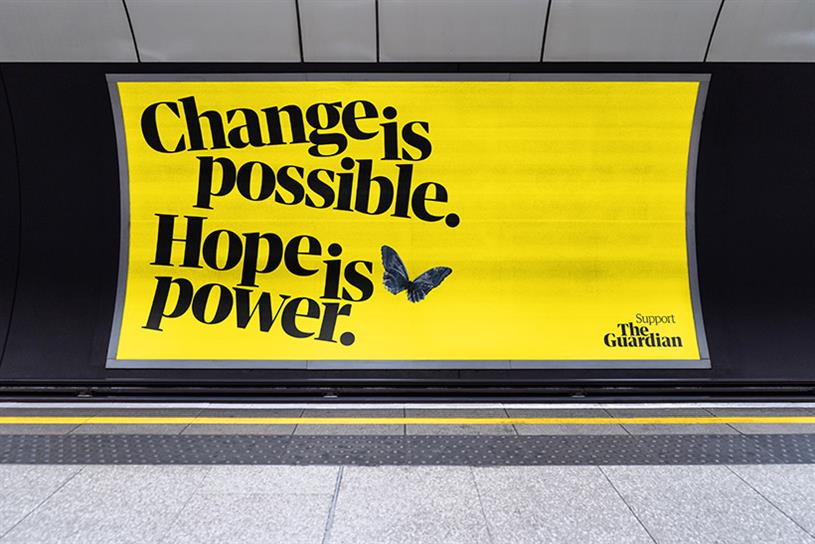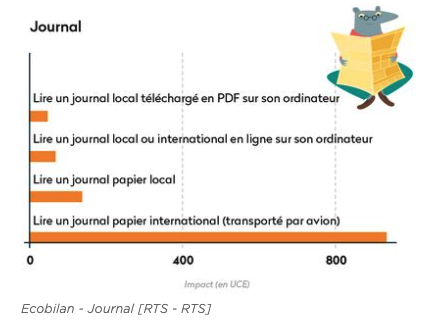Blog
Publishing and the Planet: Why it is time to take the relationship seriously
20 years ago, media organisations set-up The Responsible Media Forum. The forum was setup to strive for sustainability across the media sector and ensure that media companies use their voice to make a change. With their access to readers and high-quality content, publishers have the ability to have an impact as superpowers as much as tech giants and other organisations.
Of course, it’s been a difficult period for publishers in which a lot of focus has been placed on building sustainable business models. But media companies’ have the potential to make the most material impact through their content. The industry needs to be less afraid to make itself heard. How can the publishing industry start to take its’ relationship with the planet more seriously? What can we do as an industry?
Print: The reader’s luxury and the environment’s challenge
Print serves a special place in newsreaders hearts. The ability to sit back and disconnect with a print paper is one of life’s great luxuries. It is also an environmental luxury. Whilst printing presses and inks have developed over the years, print and the distribution that goes with it still presents a challenge to the industry. Print and pulp remains the fourth most energy-intensive industry in Europe.
Waste in the publishing industry has been a topic facing publishers for many years. For every copy sold, 2.2 copies have to be manufactured to cover waste generation at printer and unsold copies at newsstands. The resources to manufacture a single print edition are also vast, including 30 litres of water and 270 grams of wood amongst other resources!
In a bid to reduce their emissions, The Guardian led the way in 2010. The publisher switched over to using a Norwegian Mill. Emissions from the change were 100 times lower than that of a standard UK mill using exclusively recycled pulp, even once the longer-distance transport is included. The results of this were a step in the right direction but print remains the biggest contributor to The Guardian’s emissions. Despite believing that a 100% print-free future will not be an option, The Guardian recently committed to be net carbon neutral by 2030.

The role of print has had a clear impact on the environment. This debate is one to follow closely in the publishing industry. Change needs to happen and publishing needs to take a look at this relationship.
Frontrunners already measuring “digital emissions”
The accelerated shift from print to digital is natural and has become a more sustainable answer to the environment problem. Challenges, however, still lie ahead in the digital world, not only in the business and reader acquisition side, but also in environment matters.
Pietari Kaapa, Associate Professor in Media and Communications at the University of Warwick, found that 50% or more of publisher’s digital emissions take place outside of the control of the media company. Ultimately, energy use is driven by people interacting with digital products, and these interactions go beyond reading the news. This obviously makes for a difficult debate but hasn’t stopped some publishers attempting to take the lead in reporting on this.
For their sustainability reporting, Norway’s Schibsted focuses on the type and volume of energy needed to power reader devices measured through average reading time. For now, this tends to be the direction of the industry. In the UK, The Guardian estimate that this accounts for around 50% of its’ digital carbon footprint.
The good news is that impact of reading news online seems to be significantly less than print. According to research from Radio Television Switzerland, this is even the case for locally produced and distributed news. SRF’s study is telling, and one thing to note is that it even excludes unsold copies sold at newsstands!

Many concerns around digital and the environment lie around data storage and energy. Addressing concerns about data storage and the environment, German publisher Axel Springer are continuing to push the digital green movement. Axel Springer have been one of the market-leaders in sustainable publishing, releasing environmental reports since 1994.
With 80% of their operating profits coming from digital, Axel Springer have decided to pioneer research into sustainable data storage. Through their research, the publisher hope to record as precisely as possible the amount of electrical energy used directly or indirectly in external data centres to derive the CO2 climate-impacting footprint of their actions. Being able to determine this precise figure annually is vital for Axel Springer. It also plays a key role in their search for external contracts.
Whilst there is a long way to go to reach perfection, the publishing industry’s move towards digital seems to be the sustainable way to go.
Cultural change comes from within
Away from the production side of publishing, companies have been encouraging sustainable practices within their businesses. There are plenty of things that we can all do!
Going beyond schemes offered across many organisations, UK publisher Newsquest challenged staff to reduce their carbon footprint.

Through a partnership with online tool Pawprint For Business, a Scottish startup, Newsquest employees have access to educational slides and personal challenges to help them learn more about sustainable lifestyles. Through the app, staff can measure their personal carbon footprint and learn more about the consequences of their actions. After seeing these impacts, employees can challenge themselves to reduce this, driving behavioural change and helping to develop new habits. Ultimately, the partnership aims to encourage Newsquest employees to undertake carbon-reducing lifestyle changes.
Virtual events have helped to reduce global travel. One publisher that leveraged the power of virtual events was The Economist. Following the success of virtual, The Economist have committed to reducing their commercial business travel by 40% from pre-COVID19 levels. Being a publisher well renowned for its’ insights on global issues, this is clearly a large commitment. As the pandemic declines, the role of virtual vs. travel is one to watch.
As the debate around climate change progresses and deadlines to hit sustainability targets approach, it is vital to look at how the industry will make a change. Has the pandemic kickstarted a transition? Will we still rely on public pressure? Will the scarcity of products such as paper kickstart this sustainable transition?
Join us at our Digital Growth Summit to discuss the outlook of the news industry over the next 10 years.
Other Blog Posts

Stay on top of the game
Subscribe to Twipe’s weekly newsletter to receive industry insights, case studies, and event invitations.
"(Required)" indicates required fields

